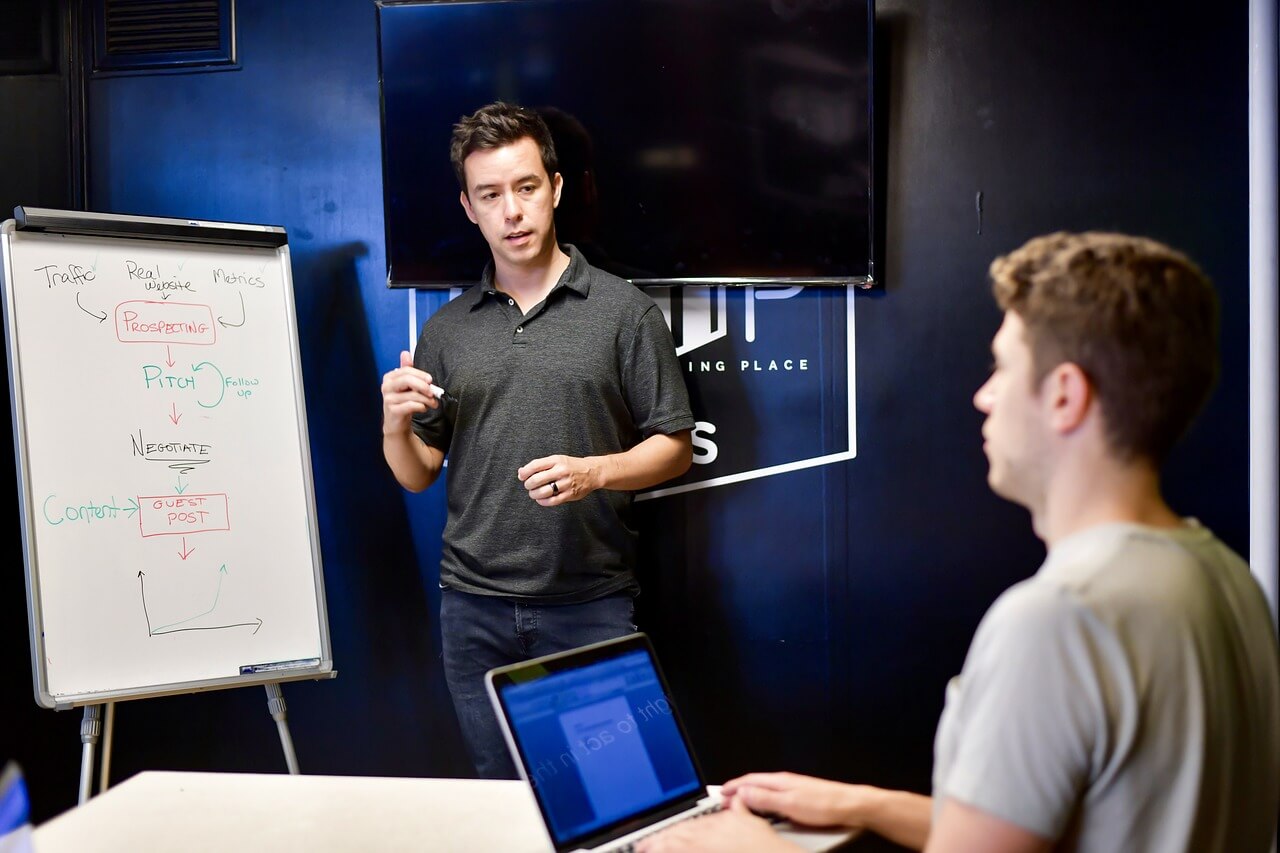If you have a donor’s email address, use it several times without asking for money.
The best way to use a donor’s email address is to thank them for a recent gift, and tell them how their money is being used.
If you have a donor’s email address on file, then send them an email message every time you get a gift via mail or phone. The benefits include:
- You get to thank them twice: once in the email, and again with the letter they’ll receive in the mail.
- You can thank them much faster than the standards letter. There’s no reason you can’t hack your system to send an email message of thanks within 24 hours of when their gift is updated to your database. That’s two or more weeks faster than a letter is likely to get to them.
- They’re more likely to open future email messages from you when they get email messages that are not just appeals.
- You build the habit of engaging them online.
- You can invite them do something else online, like become a FaceBook fan, or watch a YouTube video
- You can show them in sound and motion how their gift is making a difference.
- Gathering their feedback via a short survey or open-ended question.
To really make the email thank-you message work best, it should be:
- Personalized: include the gift amount, the project they are helping to support, and the date of their gift.
- Simple: it doesn’t need fancy graphics, just a logo at the top and a few short paragraphs of copy.
- Signed by the person who signed the original appeal that triggered the gift.
- Inviting: give them a few ways to further your mission, via links to FaceBook, YouTube, your website, or a short survey.
- Far-reaching: If this is a milestone gift (10th, 25th, etc.) or if they’ve given for many years, say so in the email. It will brighten their day to be recognized.
More questions about email fundraising? Send me an email!
=-=-=-=-=-=-=-=-=-=-=-=-=-=
Rick Christ has been helping nonprofit organizations use the internet for fundraising, communications and advocacy since 2009, and has been a frequent writer on the subject. He delights in your questions and arguments. Please contact him at: RChrist@Amergent.com or at his LinkedIn Page










